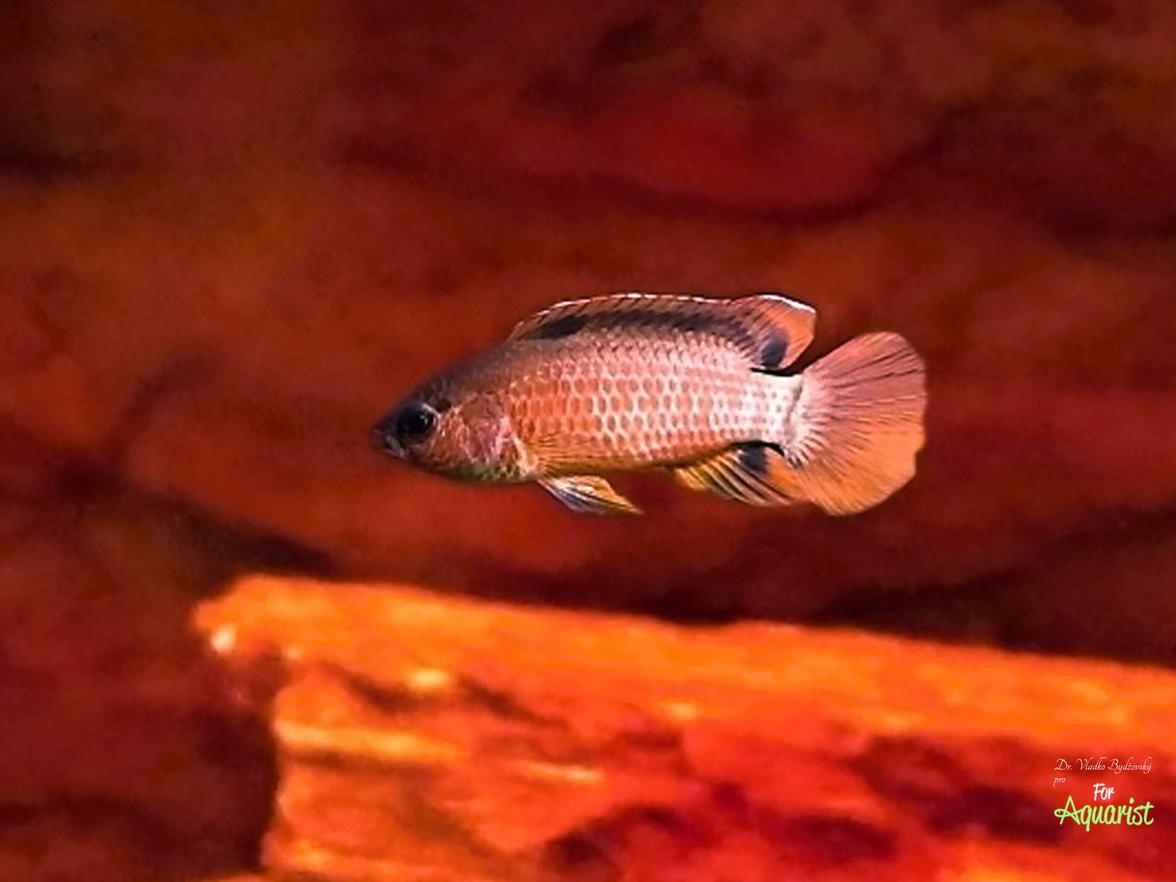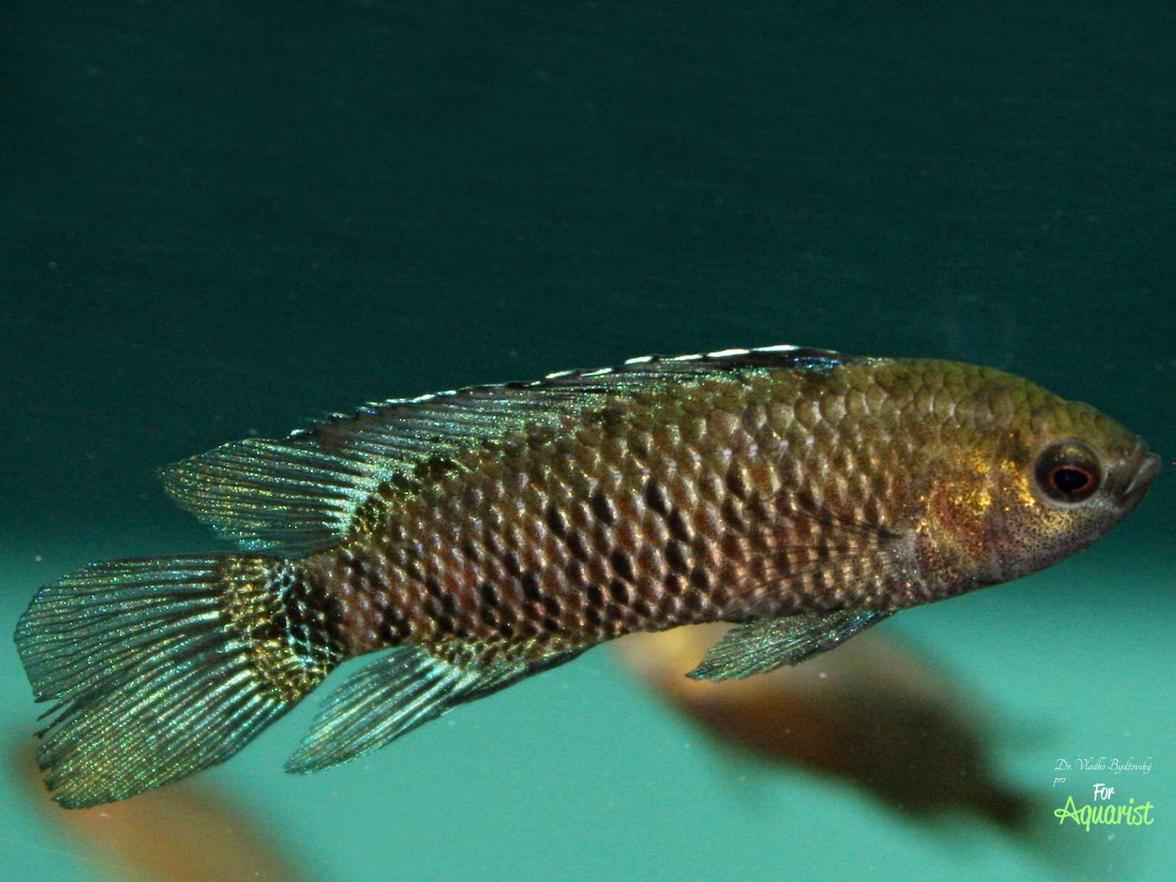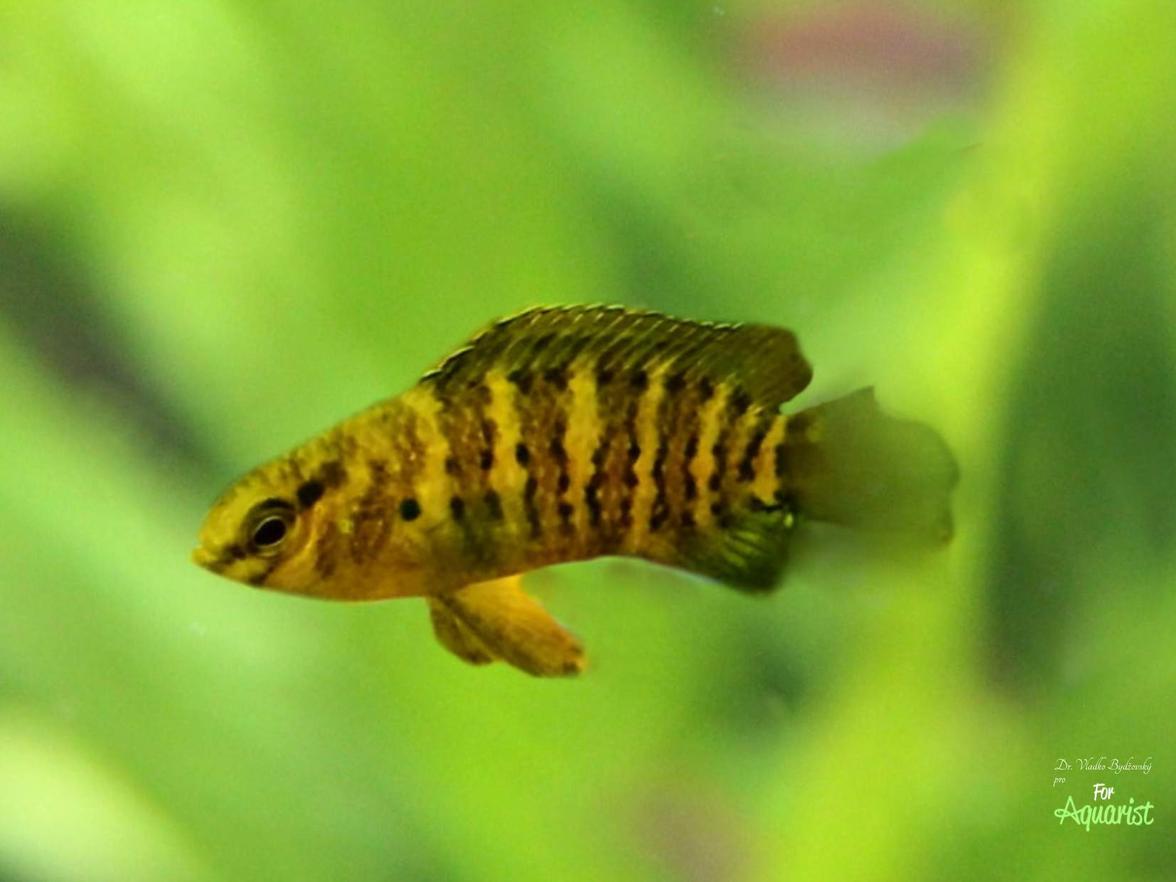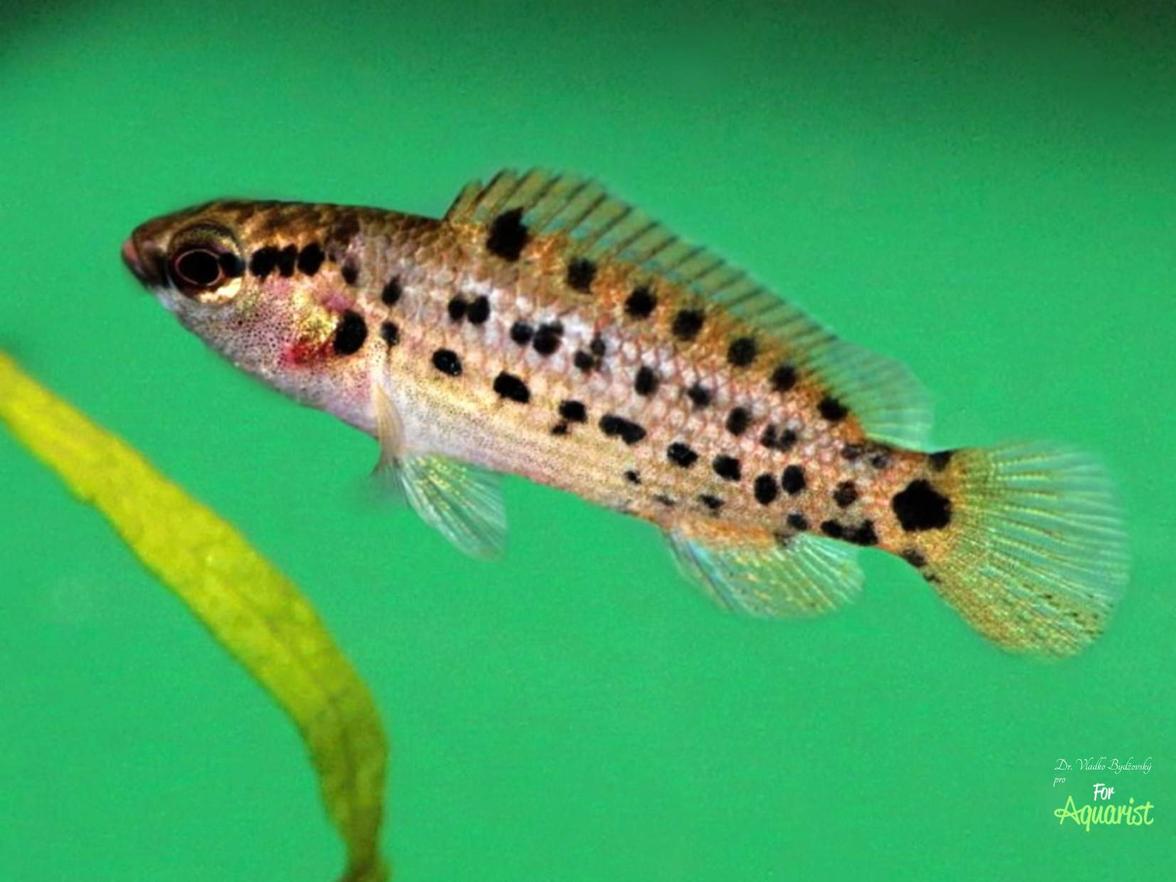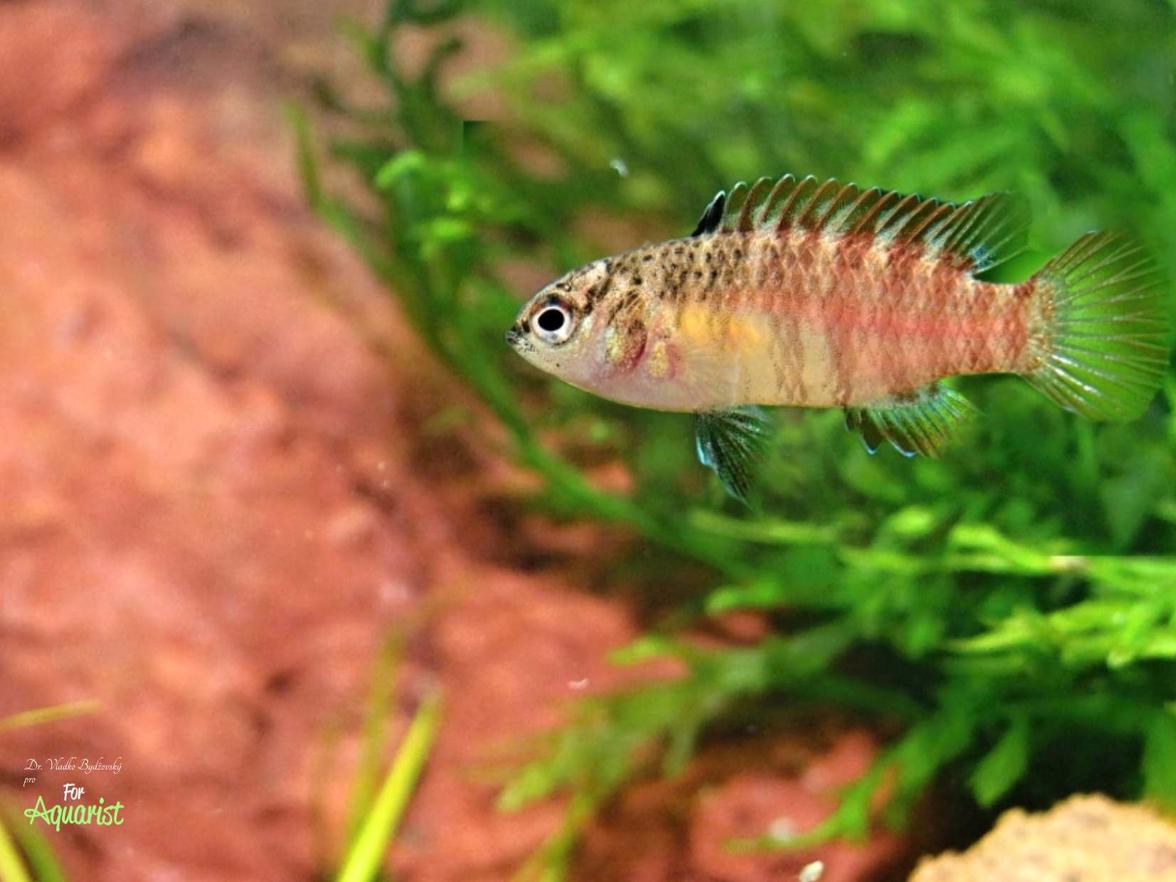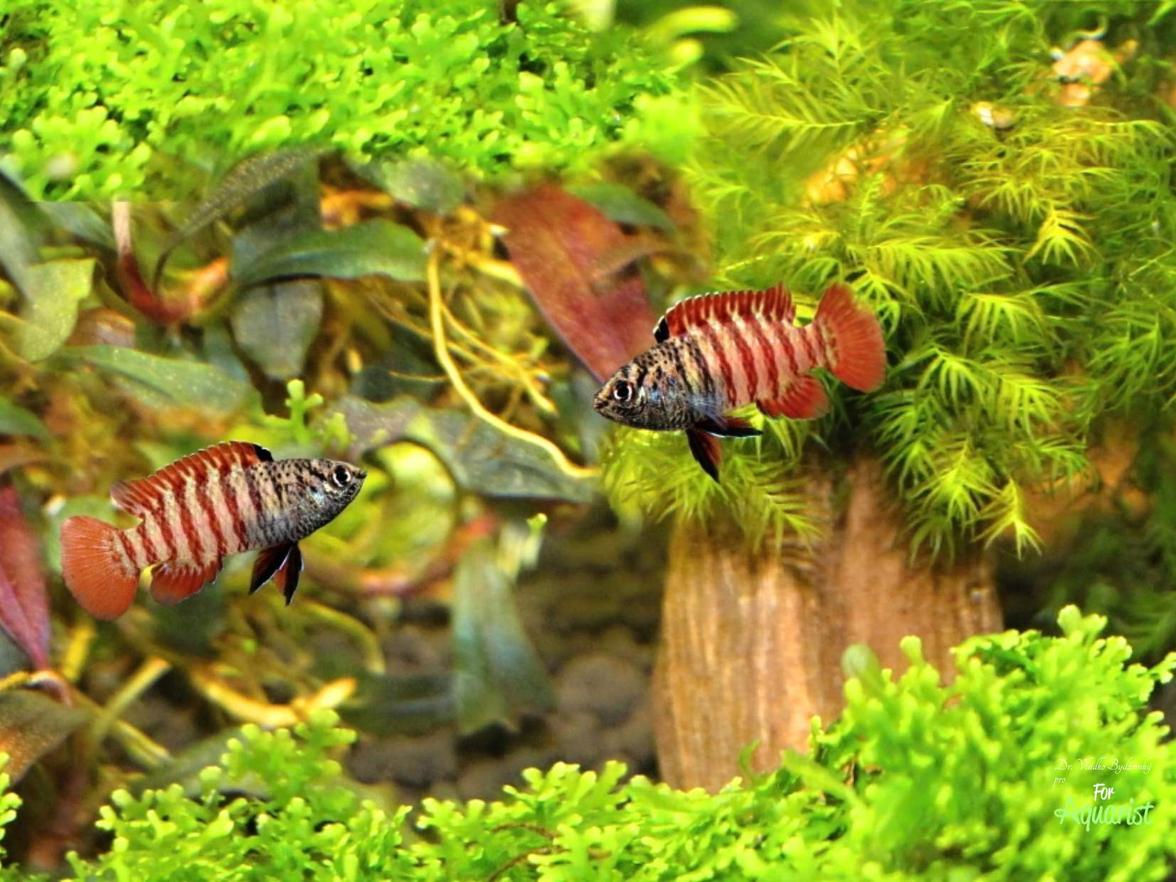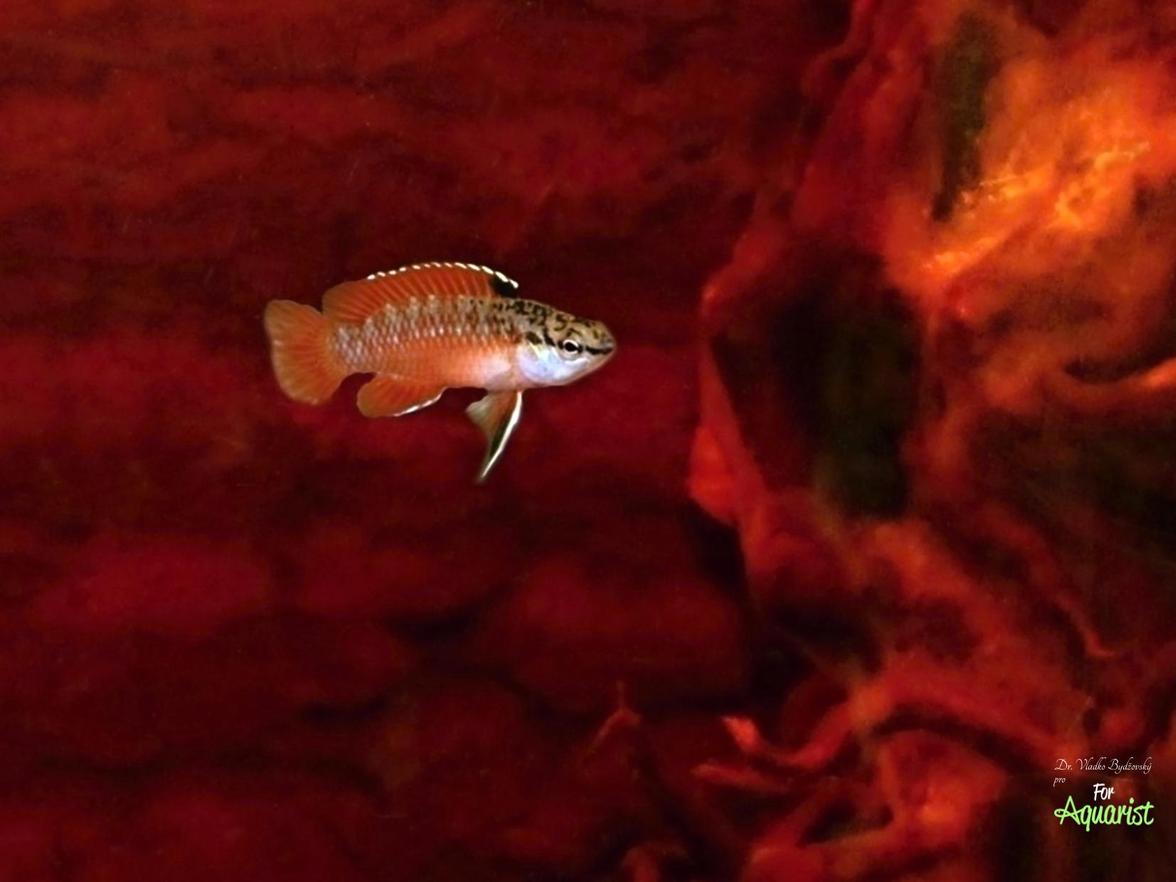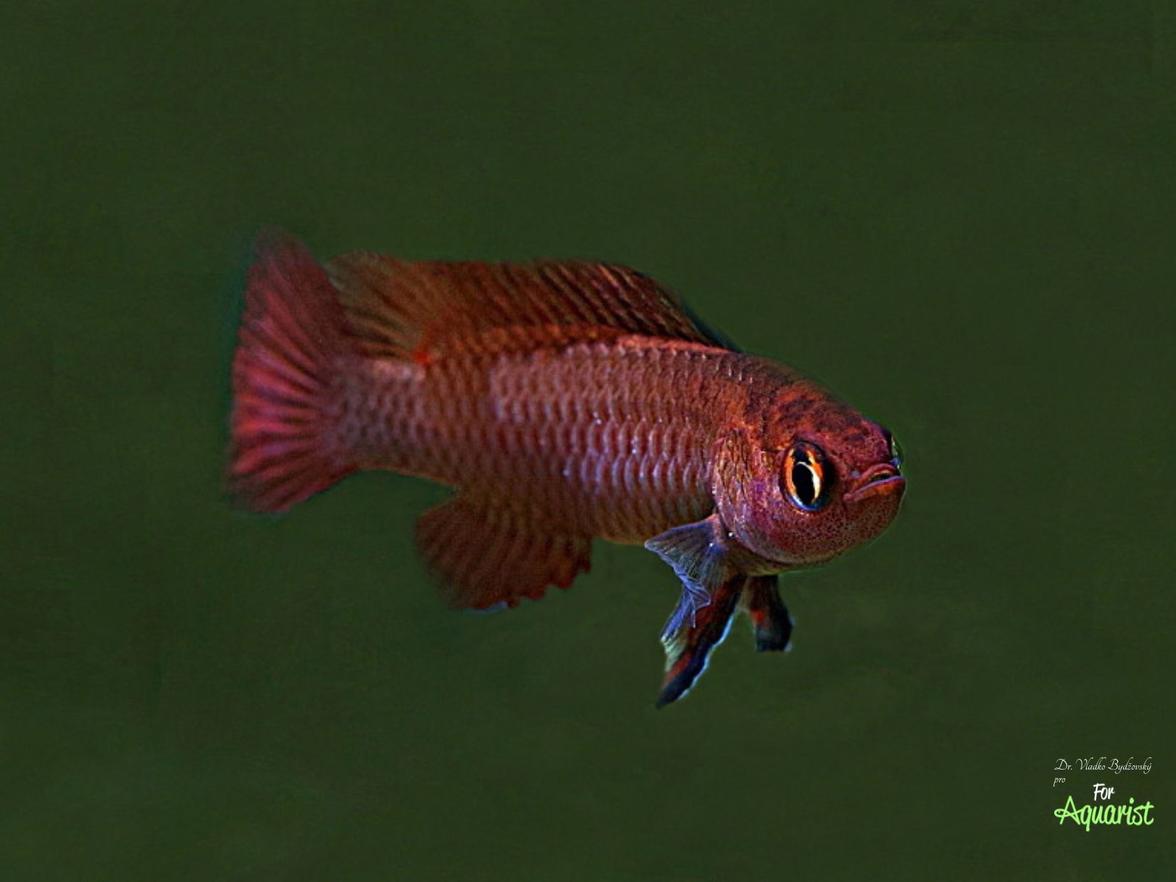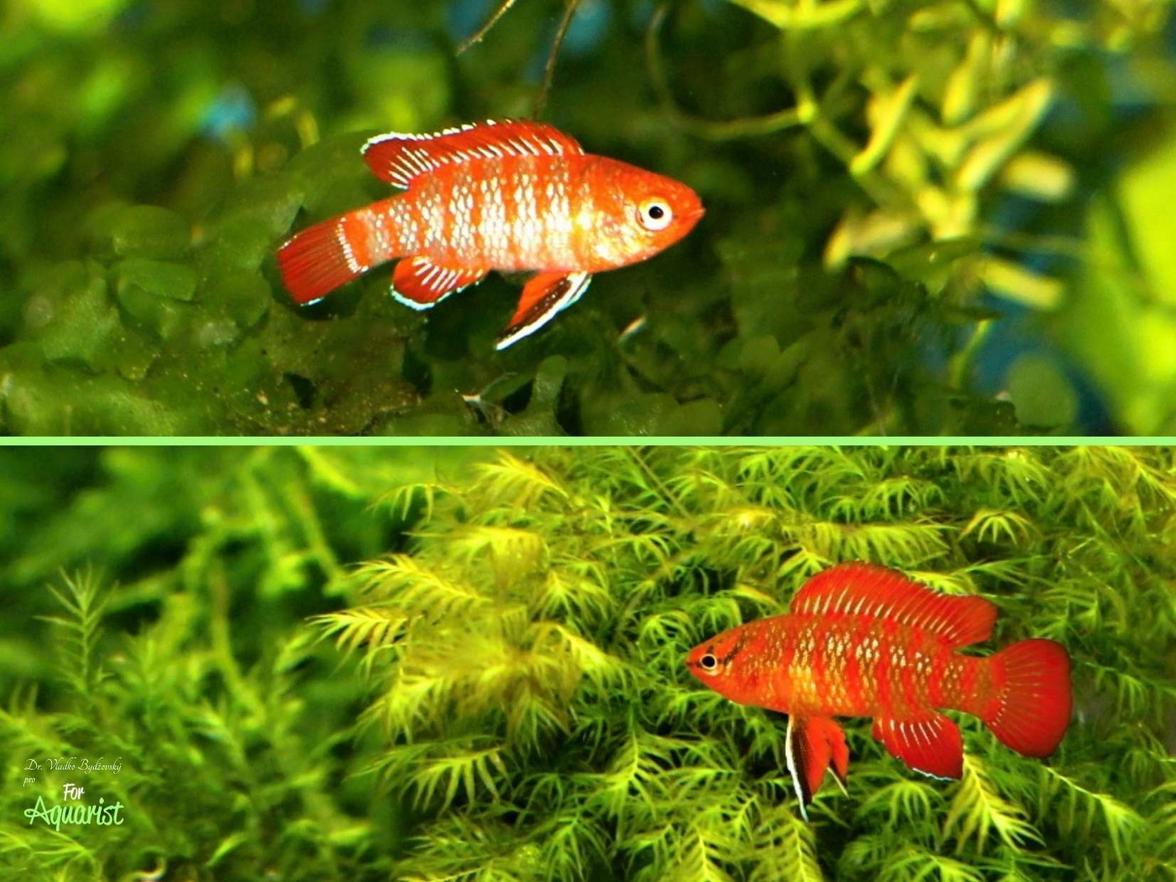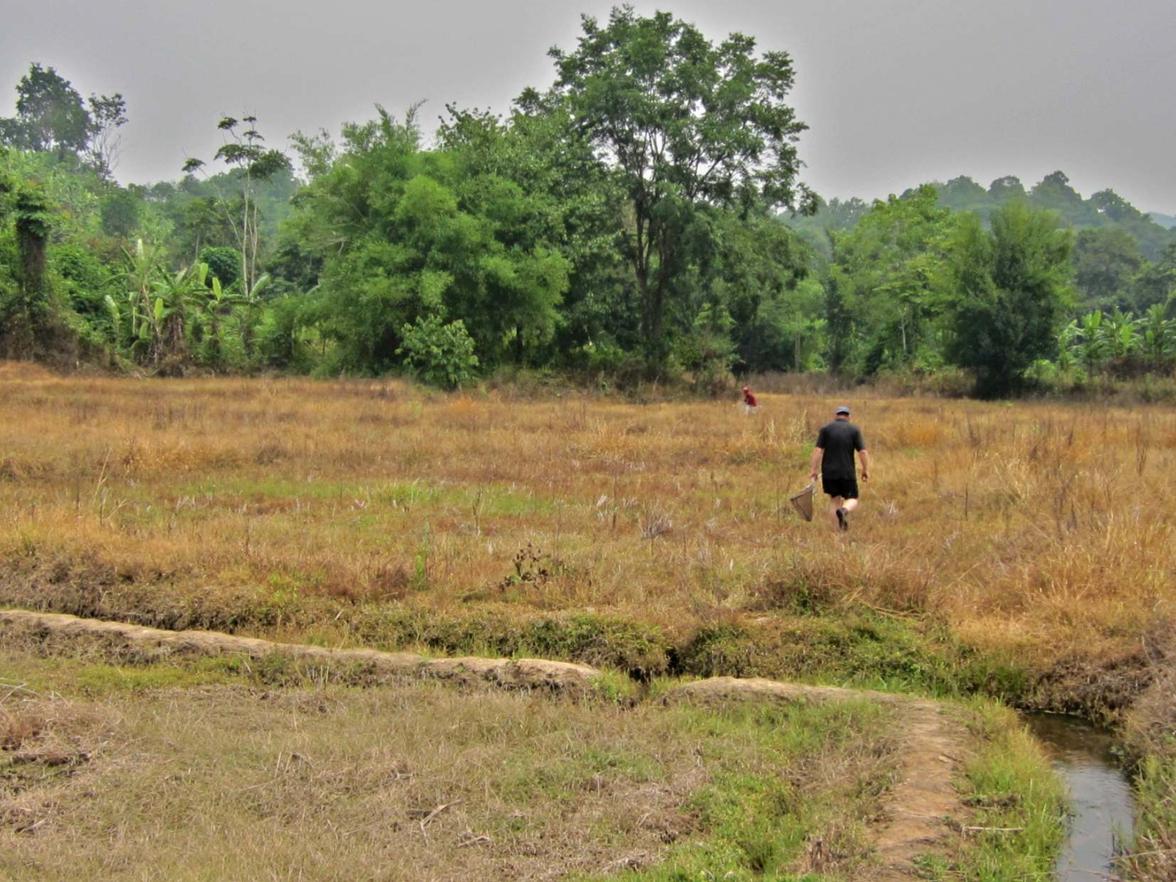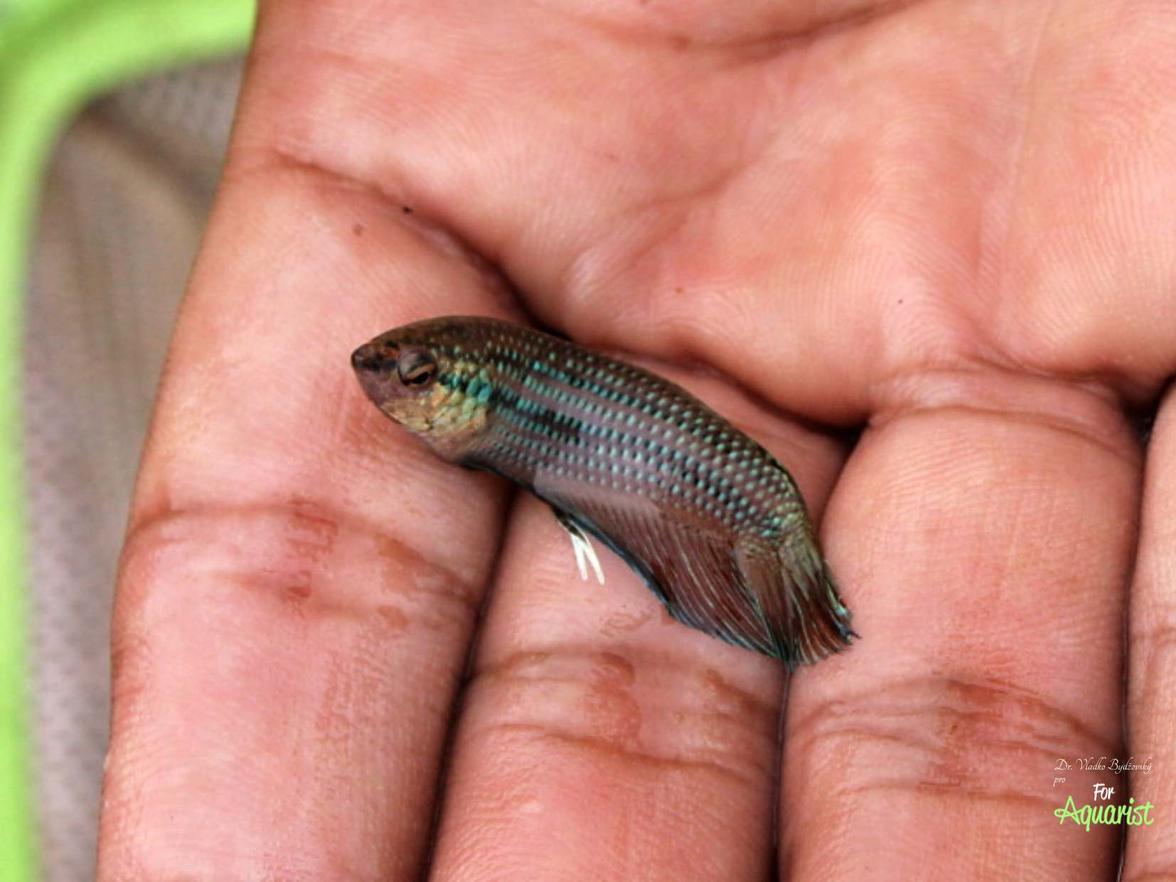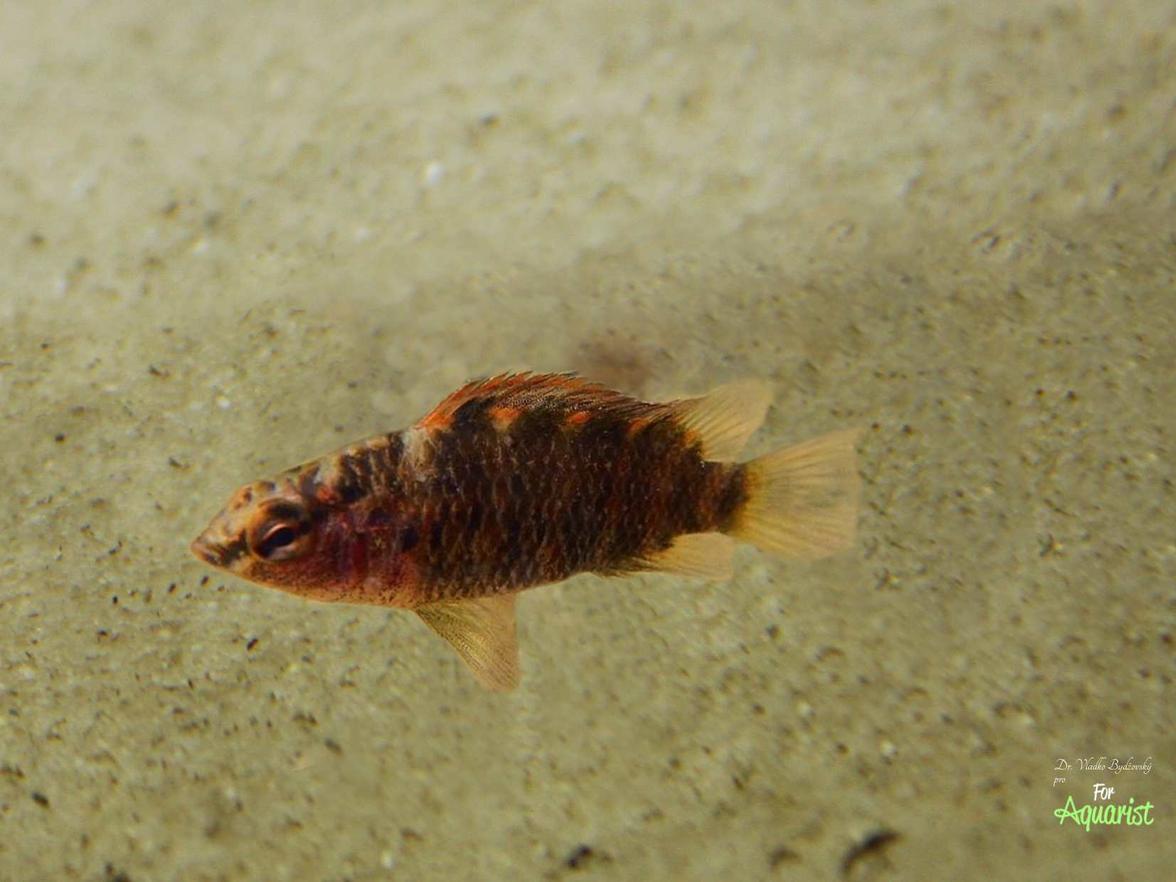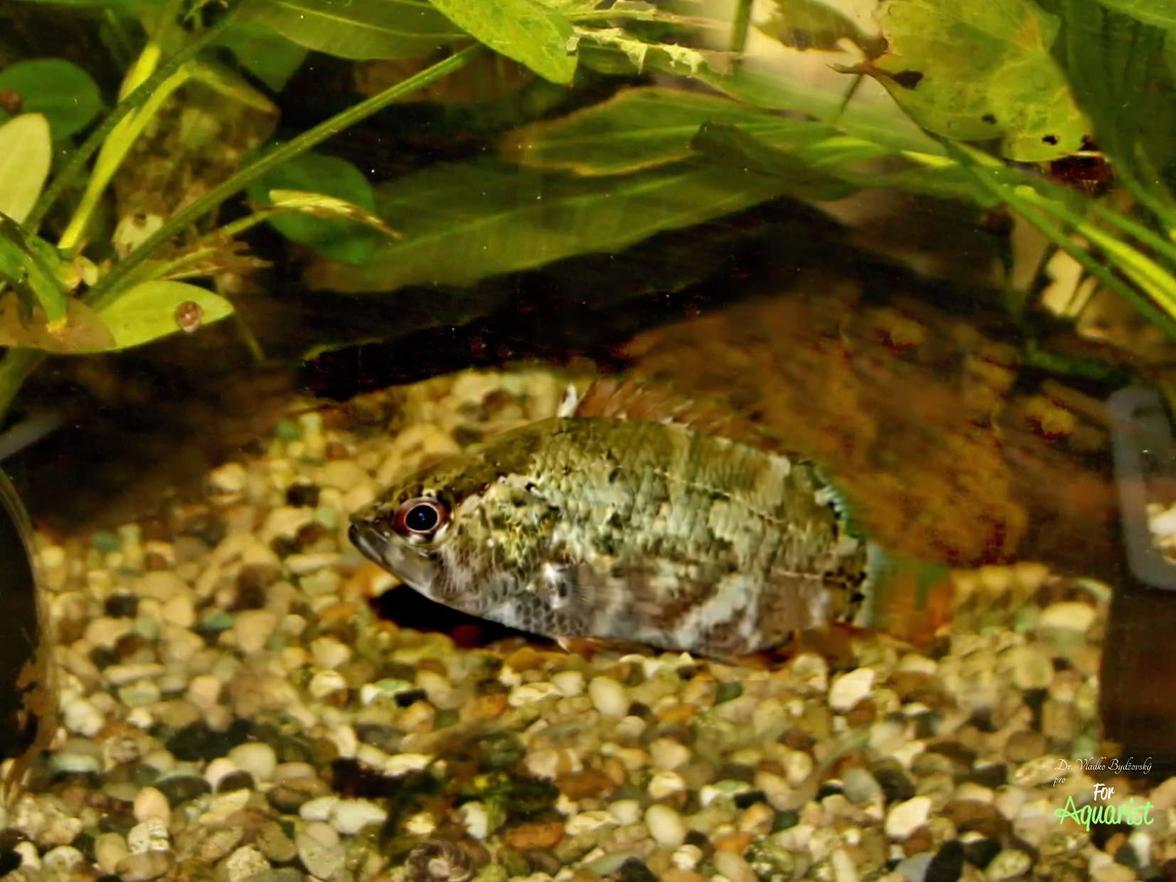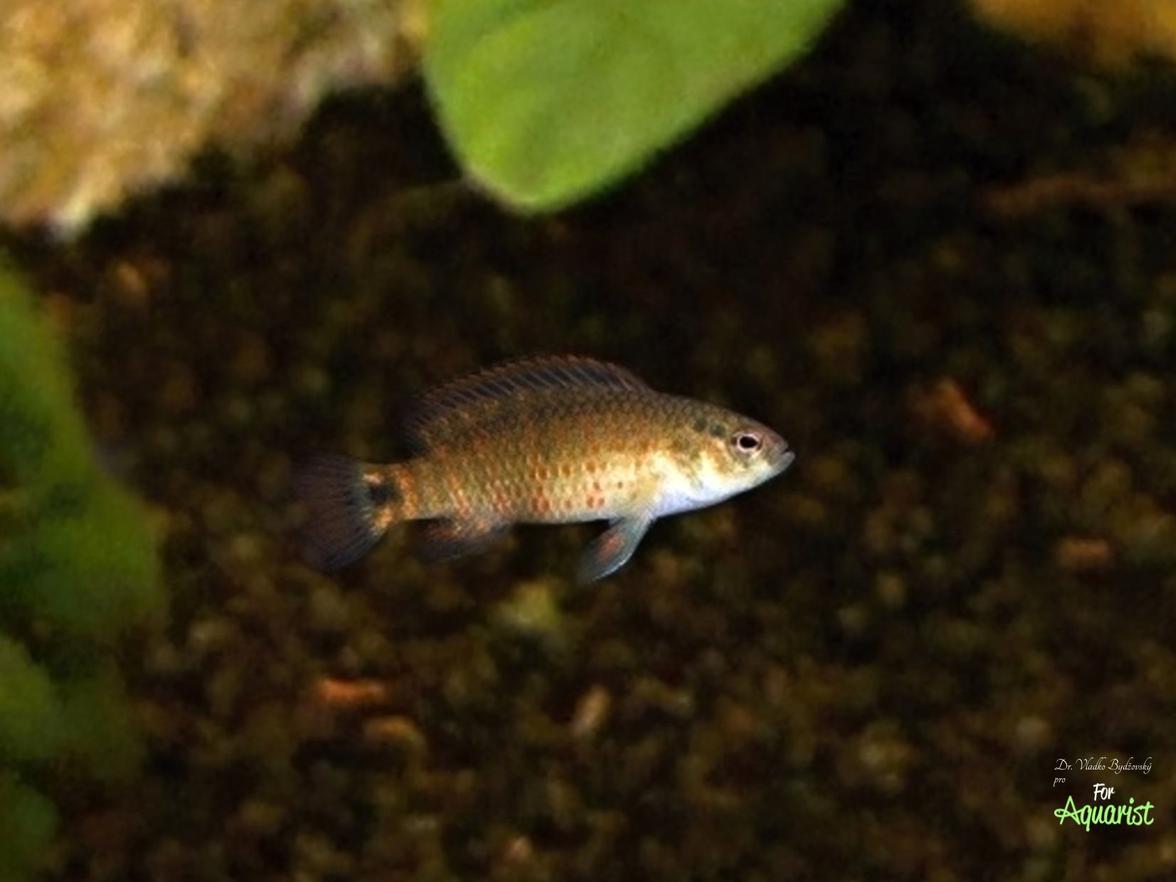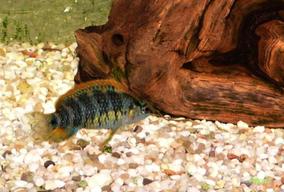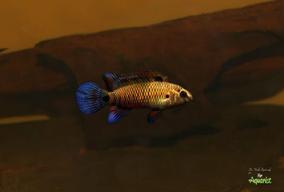Badis and Dario – two genera that make up the family Badidae. These previously overlooked fish from India and Southeast Asia are gaining popularity in aquaristics, but they require specific care. We will reveal why they were scientifically separated from the family Nandidae, what significance the pioneer Hamilton-Buchanan had for their understanding, and above all, we will focus on the fundamental breeding rule: you cannot do without high-quality live food. Get ready to meet the territorial Badis and the tiny nano-gems of the genus Dario.
Originally, the spiny fish of the genus Badis were classified in the family of spiny fish Nandidae. Due to certain anatomical differences and different breeding practices, however, a new family Badidae was established, which is not universally recognized as separate. As late as 2002, it only had 5 species.
Of all these fish, the only one known to us at the time was probably Badis badis. However, Dr. Swen O. KULLANDER and Dr. Ralf BRITZ transferred several mainly small and usually red-colored species to the genus Dario, so today the family has two genera and a total of about 27 described species. They occur in the territories of India, in the basins of the Ganges, Brahmaputra, or Mahanadi, in areas from Pakistan, India, western Bangladesh, Nepal, all the way to Myanmar and China. As we confirmed during our expedition to Southeast Asia (BYDŽOVSKÝ et al., 2011), they are also found in Thailand. Some species are still quite rare in our aquariums.
Breeding
Their breeding requirements are not too high, only the northern species like Badis badis or Badis corycaeus require rather lower temperatures, just for spawning something above 22°C. The alpha and omega of breeding is food. No flakes or granules, often not even frozen. Quality small live food is essential!
Fortunately, brine shrimp Artemia salina are accepted by all species, but there are pitfalls with the genus Dario. As companions, we can also add small livebearers, bottom-dwelling catfish, or floating fish like hatchetfish to the community aquarium. Among them, representatives of the genus Aplocheilus or livebearers Dermogenys sp. are most recommended.
In the tank, we create numerous hiding places, not so much for the females, but rather for the males. They need a hiding place that they guard in adulthood and where they may spawn. They also protect the small area in front of it. Only when it comes to territory protection do the males of the genus Badis display their colors in full splendor. Males of the genus Dario are much less territorial. Spawning can also occur in community aquariums, although it is better to keep these fish mainly in species aquariums.
HAMILTON-BUCHANAN
This name is very well-known in our aquarium literature. It is listed with many fish under their Latin name. Who was the man behind this name? Primarily, Francis was born in 1762 as the son of Thomas Buchanan and Elisabeth Hamilton. Initially, he was named after his father Francis BUCHANAN, later he adopted his mother’s surname HAMILTON. This also for reasons of inheritance from his mother. His most important work was "An account of the fishes of the river Ganges and its branches", the very first work dealing with freshwater fish of India. Importantly, it was published under the author name Hamilton, with the original surname Buchanan added for clarification, as he was previously known by that name.
Francis was also a distinguished and well-known botanist. As Frank Schäfer (2001) writes, "no one else". He was also a member of the legendary Linnean Society. From the idea of CUVIER & VALENCIENNES, both surnames were listed as author names, but now HAMILTON is completely sufficient. This man is very close to me because he is one of many doctors who contributed quite a bit not only to aquaristics. He worked in India as a doctor and was an employee of the powerful East India Company. In 1822, he was the first to describe two species from the present genus Badis, namely Labrus badis and Labrus dario. It is known that he did not preserve any described fish; instead, he made excellent drawings. Based on them and on his working notes, he later described new species. When he definitively left India, part of these drawings was violently confiscated based on official intervention. Therefore, when he later wrote his book in England, there were mistakes in describing some species that he actually described only from memory.
Species of the genus Badis
Badis assamensis
Badis assamensis AHL 1937 is one of the largest representatives of the genus, with adult males reaching up to 9 cm. From the species name, we can already tell that this fish comes from the border area between Assam and Bengal in the Buxa Tiger Reserve. Here, Frank Schäfer and Dieter Bork caught it together with Badis badis, Brachydanio rerio, Puntius ticto, Puntius conchonius, Barilius barma and others. The stream was about 15-20 m wide with slow-flowing water, a stony bottom, clear water under 6°dGH, less than 3°dKH, pH 6.4. The mottled coloration of young fish is advantageous in this environment. Adult males change color from the original dull red to a reddish-black with a blue edge on the fins. Females have a coloration similar to young individuals.
Breeding is not too demanding. We maintain the temperature around 24 °C, but unfortunately, live food is also important for this species. Unlike other members of the genus, they also accept quality frozen food, which they often gulp down in large pieces. Indeed, as proper predators. They also take larger daphnia, water fleas, small shrimp, insect larvae, chopped earthworms, and even smaller fish. In the company of these Badis (Bass) fish smaller than their head do not survive the night. However, these individuals are peaceful towards larger fish. Spawning occurs in caves or tubes, with the male again taking care of the clutch until the fry are free-swimming. Starter food can be fine nauplii of brine shrimp.
Badis kanabos
Badis kanabos KULLANDER & BRITZ, 2002 is closely related to Badis badis, from which it differs mainly in the coloration of the head with a more pronounced nuchal spot, which is sometimes almost invisible or completely absent in Badis badis. It belongs to the inhabitants of the mountain streams of Assam and western Bengal. The species aquarium must be equipped not only with plenty of plants but also with various hiding places, preferably tubes made of ceramics or plastics. For breeding, we again use rather cooler water around 22°C. The male guards the spawn in a cave or similar hiding place until the fry are free-swimming.
Badis ruber
Badis ruber SCHREITMÜLLER, 1923 is already known to us, and we have also dealt with the place of its occurrence. While according to literature it is said to occur mainly in the territory of southern and central Myanmar, we caught it nearly 1800 km in a straight line in distant northern Thailand. In the literature, it is also known as Badis badis burmanicus.
Badis singenensis
Badis singenensis GEETAKUMARI & KADU, 2011 has its species name after the Singen River from the Brahmaputra basin in northeastern India. It grows to about 4 cm in the case of males. We prepare a species aquarium for it, soft water around 22 °C, pH near neutral. There should not be strong water currents in the aquarium. It readily accepts both plankton and mosquito larvae and daphnia, and a whole range of breeding has been known in Europe, mainly from the Netherlands. Again, the male takes care of the clutch. According to reports from German breeders, breeding is as easy as with Badis badis.
Badis sp. Crimson spotted belongs to the yet scientifically undetermined species.
Species of the genus Dario
Species of the genus Dario are characterized by a predominance of red in their coloration. They grow to smaller sizes, with the largest species reaching only 35 mm. They occur from northern Bengal, through Assam, Bandladesh, to northern Myanmar. Dario dayingensis even lives on the territory of China. While the species of the genus Badis use shelters, various tubes and caves for spawning, the species of the genus Dario spawn in Java moss or even in clumps of grass. They also do not take care of the clutch. Starter food consists of vinegar eels and infusoria, not nauplii of brine shrimp as with Badis. Moreover, species Dario must not be fed long-term with artemia nauplii because this food causes liver hardening. Spawning is frequent, with one spawning act producing 2-3 eggs, some fish lay even one egg daily! Therefore, there is certainly no risk that our aquariums will be flooded with these tiny "water hummingbirds".
Dario dario
Dario dario (HAMILTON, 1822) is a beautiful red dwarf that grows only up to 2 cm . It lives in the tributaries of the Brahmaputra in western Bengal and Assam. Here it lives together with Badis badis and Badis blosyrus. It was originally known under the trade names Badis sp. "Scarlet" or Badis badis bengalensis, as described by TOMEY in 1999. Only BRITZ and KULLANDER found out that the original description was Labrus dario. It is an ideal species for nano aquariums, where we can keep it even with species of the genus Boraras or Sundadanio. In fine sand, we plant smaller species of Cryptocoryne, also using some brown algae or possibly some smaller Anubias. The food is again live, temperature 18-25 °C, pH slightly acidic to neutral, up to 6°dGH, up to 1°dKH.
Dario kajal
Dario kajal KULLANDER & BRITZ, 2013 was already known in aquaristics before its description as Dario sp. "Jaintia Hills", Dario sp. "Kirschfleck" and Dario sp. "Bangla Desh". It lives in the streams of Jaintia Hills in the Indian state of Meghalaya. Indian discoverers caught this species in shade near a rice field, where it cohabited with Brachydanio rerio, Oryzias sp., Channa sp., Colisa lalia.
The type locality is the Seinpoh River. Jaintia Hills flows south into Bangladesh, where it is possible to catch these fish as well. Dario kajal is one of the larger species of the genus Dario, growing up to 3 cm. Females are somewhat smaller and are, except for their coloration, only slightly fawn-brown.
Breeding in the aquarium is similar to other members of the genus, a densely planted aquarium, not too high temperatures (20–23 °C), and clean, well-oxygenated water. Unfortunately, these species only accept live food. Spawning occurs in dense plant thickets, where the male guards the clutch until the fry are free-swimming. Breeding is thus relatively easy in a species aquarium with good feeding. For the newly hatched fry, we add vinegar eels or infusoria. This is similar to what we know with the Chinese cardinal fish Tanichthys albonubes, where a whole range of generations swim in the aquarium.
Dario sp. BLACK TIGER
Dario sp. BLACK TIGER is one of the still undescribed species. Sometimes it is referred to as Dario hysginon BLACK TIGER. It is also sometimes called Dario sp. "MYANMAR", growing 2.5-3 cm. Where exactly it comes from, its collectors are still keeping secret. According to some reports, it lives in northern Bangladesh. Other sources claim it originates from Myanmar. The temperature should be around 20 °C, although in northern Myanmar it can drop to 15 °C.
